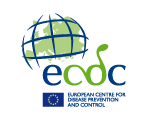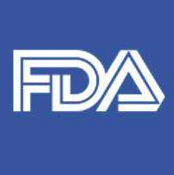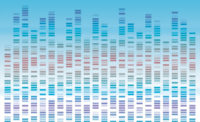How Whole-Genome Sequencing Can Help Fight Foodborne Illness

The U.S. Food and Drug Administration (FDA) is laying the foundation for the use of whole-genome sequencing (WGS) to protect consumers from foodborne illness in countries all over the world. At a joint meeting with the Codex Alimentarius Commission, FDA participated in a panel discussion on how best to share WGS globally to fight foodborne illnesses and elicit support from the world’s governments in this effort.
FDA has been a leader in the use of WGS to identify the nature and source of bacteria that contaminate food and cause outbreaks of foodborne disease. By sequencing DNA from pathogens that cause foodborne illness, WGS reveals their genetic fingerprint, offering clues about their geographic source, antimicrobial resistance and other key markers that help scientists respond more effectively to food contamination, preventing illnesses.
In the last few years, WGS has fundamentally changed the way that food safety hazards are detected, identified and monitored within the United States. This technology is rapid, precise, cost-effective, easy-to-use and can be applied universally to all foodborne pathogens.
In 2012, FDA started the GenomeTrakr, an international network of laboratories sequencing microbial foodborne pathogens and uploading the data to a common public database in real time. The goal of GenomeTrakr is simple: to assemble a large, freely accessible database of genetic sequence information and accompanying metadata (e.g., geographic location and date) from food, environmental samples and human clinical isolates of bacterial pathogens. This information can be used by scientists on the trail of disease-causing bacteria, unmasking each contaminant’s identity and offering clues to where and how it got into the food supply.
Recently, public health institutions, including FDA, the World Health Organization and the Food and Agriculture Organization of the United Nations, have been working to raise awareness about the importance of WGS and the benefits of sharing both sequence information and metadata.
WGS is being utilized in some countries to support their foodborne disease surveillance system or outbreak investigation activities. It is understood that food is a global commodity, with complex shipping and distribution networks that can easily result in contaminated food being sold in more than one country. Thus, the most effective use of WGS in foodborne disease surveillance requires coordination and collaboration to provide a global health benefit for every country that shares its data. One approach would be sharing such data through FDA’s GenomeTrakr.
The public health benefit of WGS will only become more evident with every foodborne pathogen’s genomic sequence that is shared. Already, GenomeTrakr has collected more than 142,000 sequenced strains, has made them freely available to anyone in the world and continues to demonstrate how a large database of this kind is being used effectively for food safety within the United States and throughout the world.
As the food supply becomes increasingly global, the use of WGS in a way that crosses national borders will ultimately help keep everyone safe from foodborne illness.
Sign up for Food Safety Magazine’s bi-weekly emails!
Subscribe to our new podcast: Food Safety Matters!
Looking for a reprint of this article?
From high-res PDFs to custom plaques, order your copy today!





